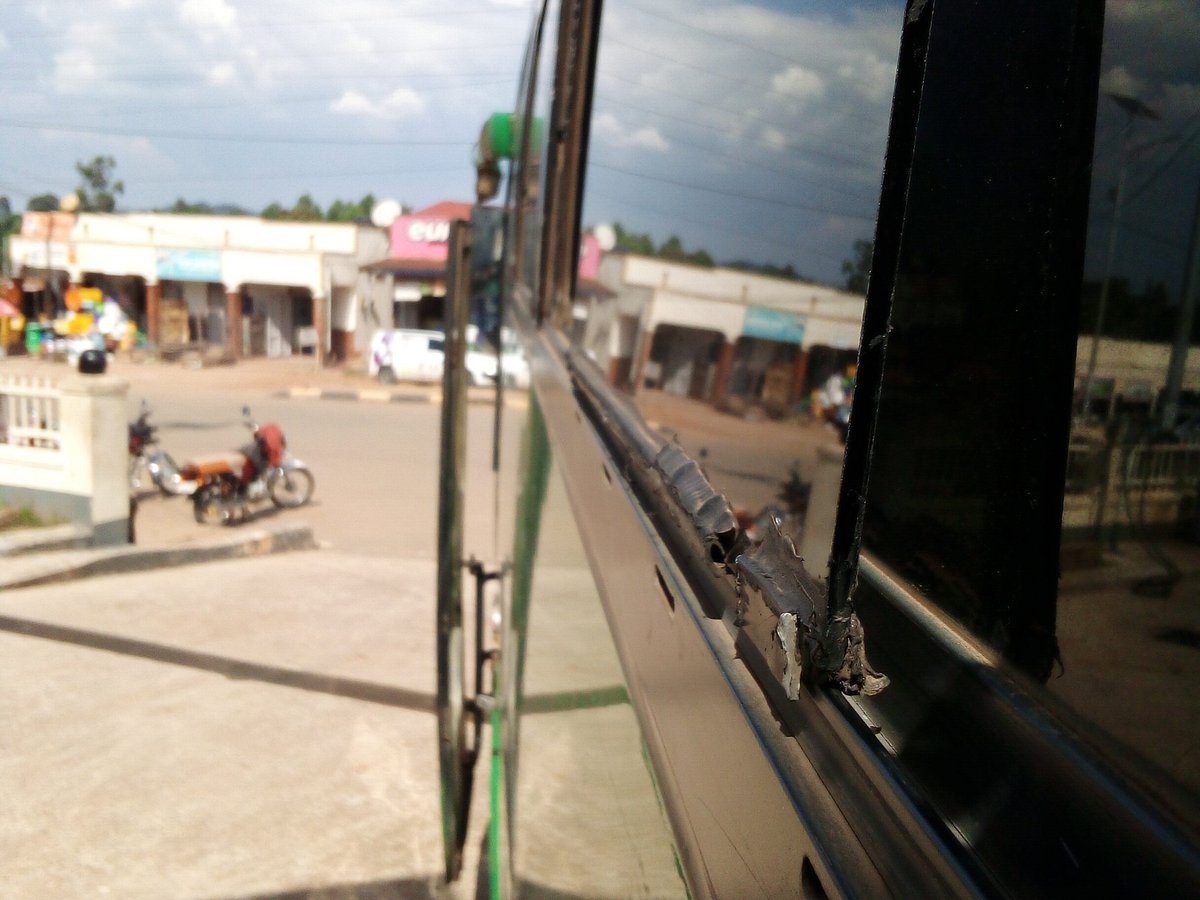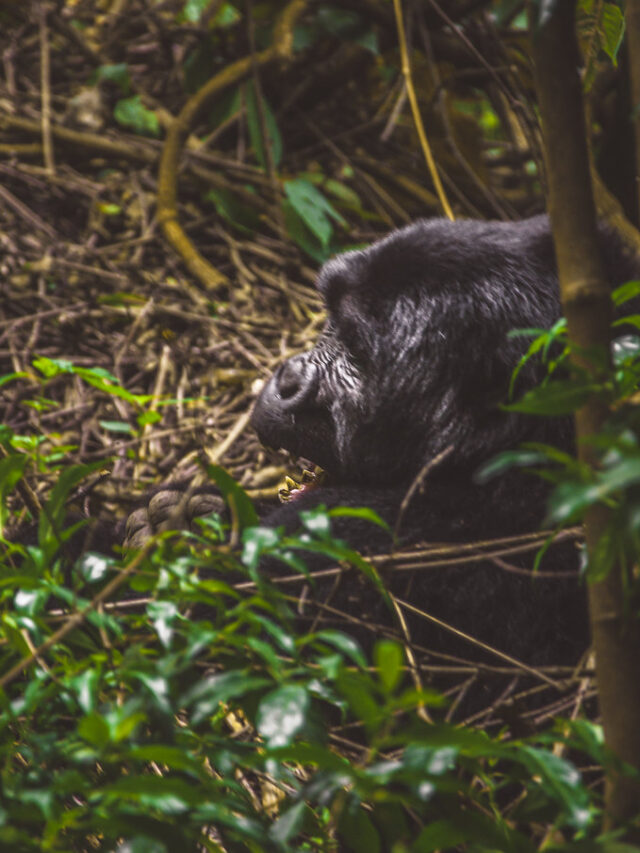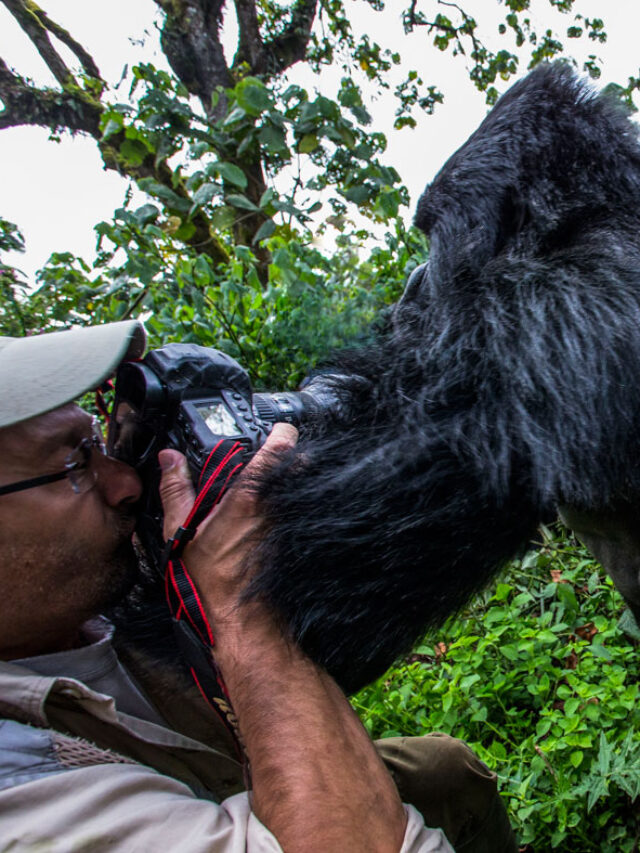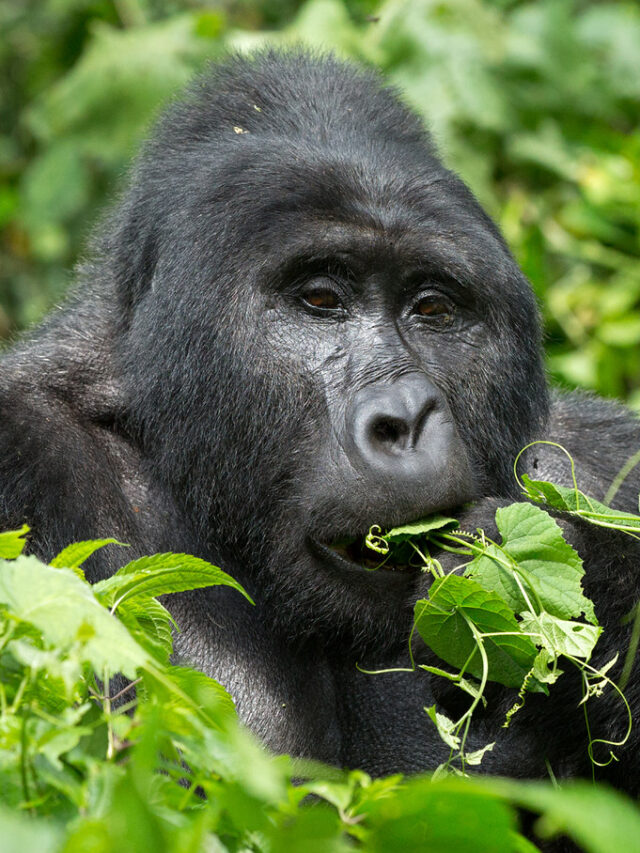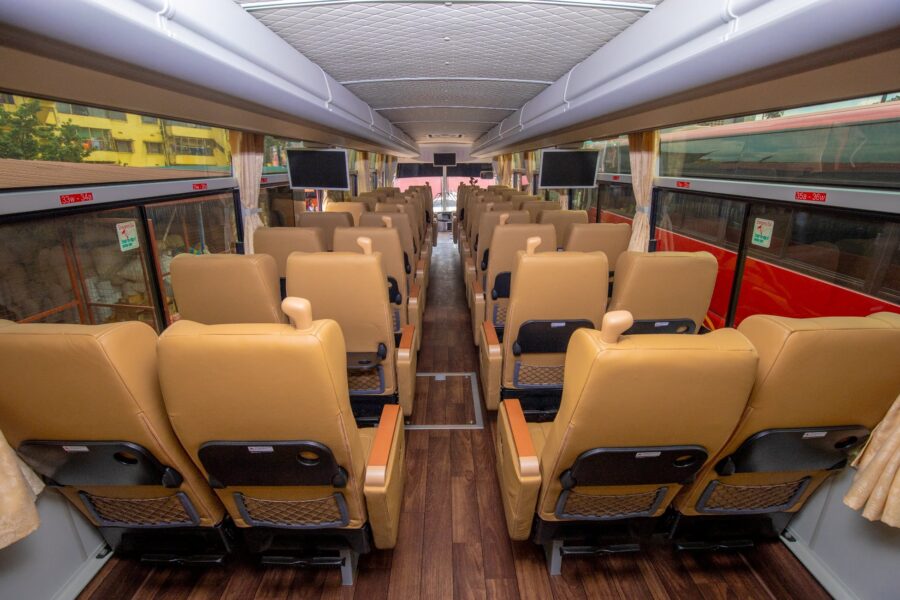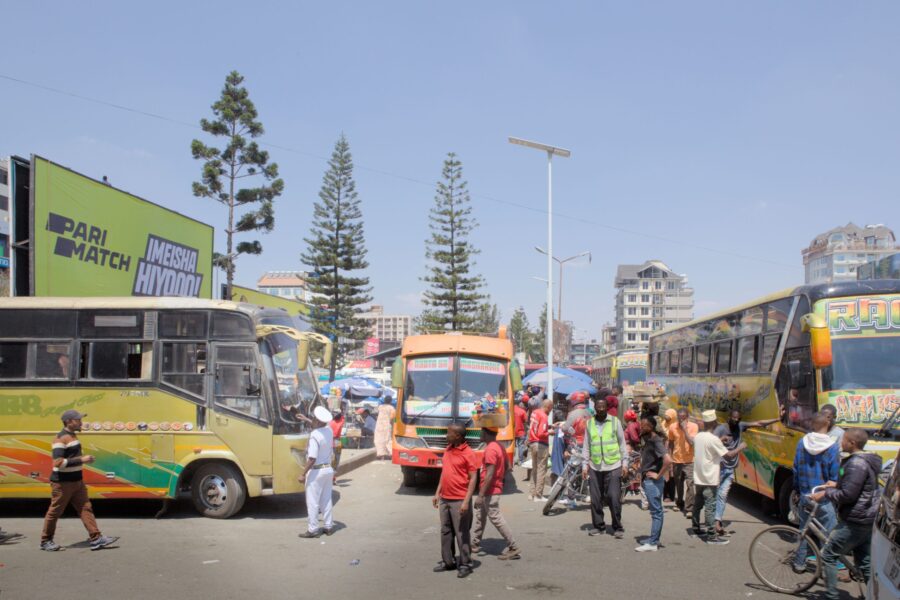From Kampala to Nairobi by Bus in 2025: A Raw, Realistic Journey Across East Africa
From Kampala to Nairobi by Bus — When the engines growl to life in the Kampala morning mist or late-night chaos, and you step onto that long-haul bus bound for Nairobi, you’re not just buying a seat. You’re buying a story—a slow, unfiltered unraveling of East Africa’s heart, stretching from Uganda’s capital to Kenya’s bustling metropolis. The journey between Kampala and Nairobi by bus is one of those overland experiences that blurs the line between endurance and discovery, challenge and charm. In 2025, the route still holds its character: long, unpredictable, often dusty, but wildly alive. This article brings you into that ride—not as a schedule of stops or a list of facts—but as it truly feels: the moments, the movement, and everything in between.
Setting Off from Kampala: The Noise, the Hope, the Patience
Kampala never sleeps—but somehow, at 5 a.m., when your bag is loaded onto the carrier and you finally slump into your numbered seat, the city feels like it’s whispering. Most buses start early—very early—because by the time the sun’s halfway up, Kampala’s notorious traffic already threatens to hold everything hostage. From terminal hubs like Namayiba or Qualicel, bus operators such as Modern Coast, Mash Poa, and Simba Coach coordinate their daily rituals: ticket scanning, luggage tagging, paper verification. The wait feels endless but necessary. You’re not boarding a shuttle; you’re entering a marathon. The early kilometers pass through Mukono and Jinja, where the Nile slices calmly across your view, and if you’re awake, you catch the orange-blush of Ugandan sunrise rising behind canefields and trucks loaded with charcoal.
The Ugandan Countryside: Where the Road Breathes Slow
There’s a rhythm to Ugandan roads—the kind that asks you to let go of time. You pass trading centers still brushing sleep from their eyes, goats grazing without boundaries, children waving at the blur of steel that is your moving bus. Jinja fades into Iganga, then into Mbale, Tororo, and eventually to the very edge of Uganda—where the land starts holding its breath as it approaches the border. In 2025, these roads are generally reliable—well-paved but occasionally interrupted by construction, and always subject to the unexpected: an overturned sugarcane truck, a wedding convoy, a cow that refuses to move. Through your window, the country hums in the background like an old lullaby.
Border Crossing: Malaba or Busia—Two Names, One Bottleneck
If you’ve never crossed a land border in East Africa, brace yourself. Malaba is the usual stop for most cross-border buses, although a few operators use Busia. Whichever route your driver takes, expect the same ritual: you disembark, passport and yellow fever card in hand, and wait your turn in lines that may be orderly or resemble a chaotic maze. As of 2025, the East African Tourist Visa still remains the easiest and smartest option for foreign travelers. It covers Uganda, Kenya, and Rwanda in one swoop and prevents you from reapplying when hopping between these three. E-cards and digital systems help, but never trust full automation—always bring physical copies of your documents. The process can take as little as 20 minutes if you’re lucky, or stretch into hours if a freight convoy hits the same time. There’s often no shade, no real seating, and nowhere to hide your frustration—only a few money changers, SIM card sellers, and the quiet buzz of border bureaucracy grinding slowly ahead.
Into Kenya: A Shift in Pace and Sky
The moment your passport is stamped and you step onto Kenyan soil, something changes. The road seems slightly firmer under the tires. The shops are painted with new branding. The police checks become more frequent, and you’ll likely pause at multiple weighbridges where the bus is evaluated and sometimes delayed. Eldoret comes next—a highland city that feels like a cool breath of air after the long stretch of farmland. If you’re lucky enough to stop here for a snack break, you’ll taste the difference: chapati bigger than your face, smoky nyama choma stalls, and strong roadside tea. From Eldoret, it’s a scenic descent into the Rift Valley corridor, winding down through Nakuru and Naivasha. These are not just towns—they’re markers of progress, each one drawing you closer to Nairobi but also testing your resolve. The journey may have started with excitement, but by hour ten, it begins to test your patience.
What Time Means on This Journey
Let’s talk honesty. When bus companies say “10–12 hours,” they mean it on a good day. But the Kampala–Nairobi route lives in a different version of time. Rain can delay you. Accidents can reroute you. A sleepy immigration officer can hold the whole queue hostage. Expect between 12 and 16 hours, even up to 18 hours during the peak season or public holidays. The trick is mental. If you prepare for delay, you won’t be angry when it arrives. If you expect everything to go smoothly, this route will break you. But if you lean into the experience, breathe deeply, and let the road unfold without resistance, there’s something grounding about letting go of the clock.
Night Bus vs. Day Bus: Choose Your Battle
There’s no perfect time to travel this route—only preferences. The day bus gives you views: Lake Victoria’s misty morning, the acacia trees of Kenya, the dramatic entry into Nairobi through Limuru’s slopes. But it also gives you heat, sun-glare, and frequent traffic. The night bus, on the other hand, can be peaceful. You sleep through the duller stretches, avoid traffic in Kampala and Nairobi, and sometimes get through the border faster at midnight when fewer vehicles are crossing. But night means sleeping with one eye open—watching your valuables, dealing with freezing AC, and trying not to wake up with a stiff neck when the bus suddenly brakes. Most locals know this: the night bus is for speed, the day bus is for scenery.
Arriving in Nairobi: A Loud, Fast Welcome
Nairobi doesn’t welcome you quietly. Even if you arrive at dawn, the city already pulses with matatus, morning traffic, and that impossible mix of order and chaos that defines so much of urban East Africa. Depending on your bus company, you might disembark in River Road, Machakos Airport, or Afya Centre—all of which are central but require alertness. Keep your belongings close. Taxis and boda bodas are everywhere, but so are touts and pickpockets. Don’t flash your phone until you’re safely tucked inside your Uber or hotel. And if you’re continuing to another destination the same day, leave yourself a generous buffer. Nairobi traffic is not your friend.
The Takeaway: What This Journey Teaches You
More than a connection between two countries, the Kampala–Nairobi bus trip is a rite of passage. It teaches patience. It introduces you to strangers who may become friends. It pushes your limits, tests your tolerance for discomfort, and rewards you with tiny, unscripted moments: a sunrise over Mount Elgon, a laugh with a fellow passenger, the sweetness of a mango bought at a dusty roadside stall. And most of all, it reminds you that in East Africa, the journey is the destination. It’s not about how fast you get there. It’s about what the road teaches you along the way.
Let the seat be your teacher. Let the engine’s hum be your meditation. And the next time someone asks you if they should take the bus from Kampala to Nairobi, you’ll smile—not because it’s easy, but because it’s unforgettable.

